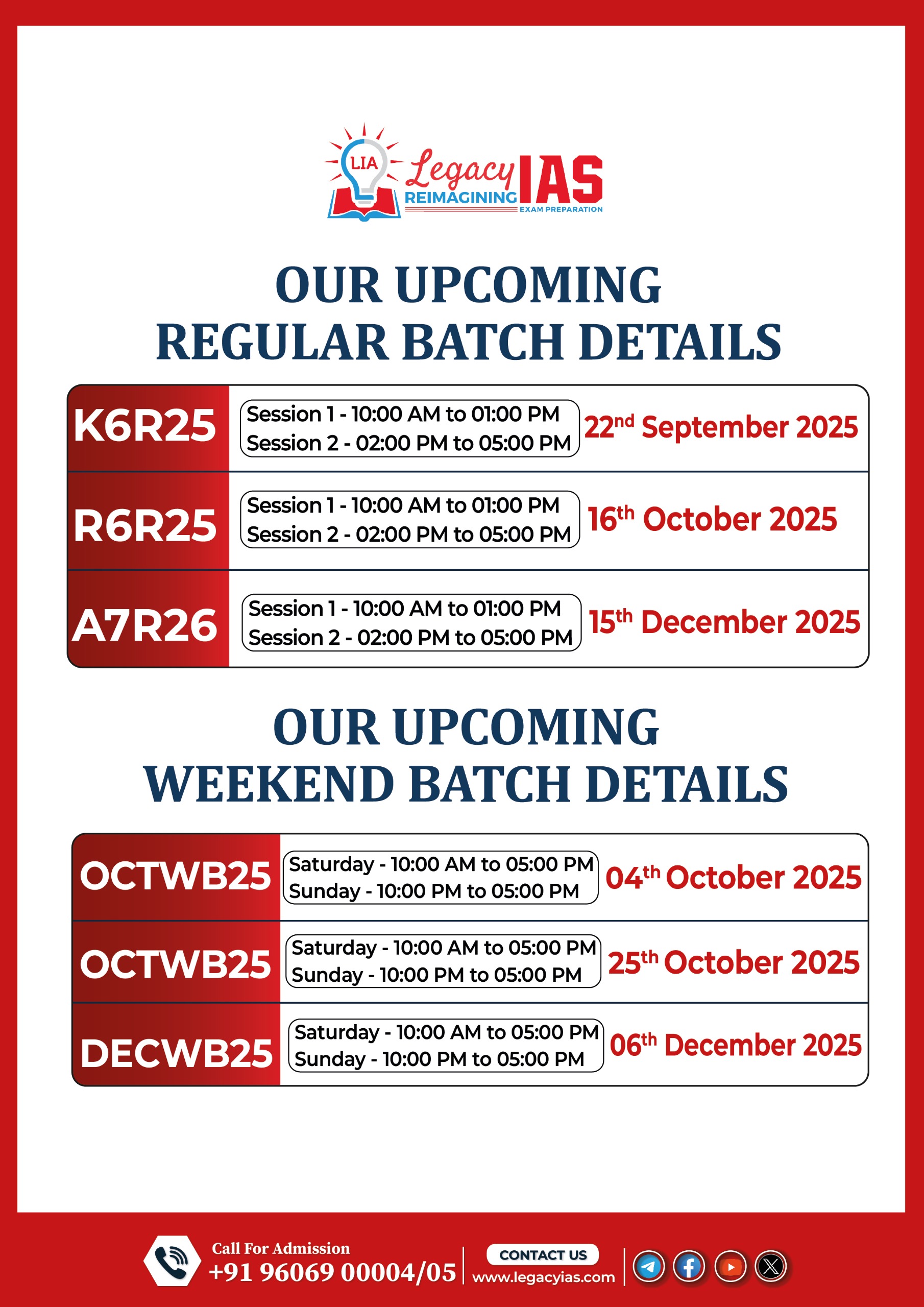Context:
Mission Mausam, launched by the government last month, aims to not just improve weather forecasting in the country but also ‘manage’ certain weather events, and on demand, enhance or suppress rainfall, hail, fog and, later, lightning strikes. For effective weather modification, one of the most important areas is cloud physics, in which India will have to strengthen research. Towards this end, India is establishing a first-of-its-kind cloud chamber at the Indian Institute of Tropical Meteorology (IITM), Pune.
Relevance:
GS: Government Policies and Interventions
Dimensions of the Article:
- What is a cloud chamber?
- Using the Cloud Chamber for Atmospheric Research
- India’s Experience with Cloud Seeding
- Mission Mausam
What is a cloud chamber?
- A cloud chamber resembles a closed cylindrical or tubular drum, inside which water vapour, aerosols, etc. are injected. Under the desired humidity and temperature inside this chamber, a cloud can develop.
- The Pune facility will allow scientists to study the seed particles that form cloud droplets or ice particles in a sustained manner.
- Many countries have basic cloud chambers, which have limited functionalities and scope to perform specific studies.
- With Mission Mausam, however, India is building a cloud chamber with convection properties, as required to study Indian monsoon clouds. Globally, there are only a handful of convective cloud chambers.
Why is India building a convective cloud chamber?
- Cloud physics basically involves the study of cloud behaviour during normal and extreme conditions; intra-particle interactions inside a cloud; the formation of rain droplets and ice particles; the influence of moisture added into the atmosphere due to cyclones or low pressure systems; and interactions between different cloud layers, among others.
- The objective of establishing a convective cloud chamber is to gain a better understanding of cloud physics under conditions commonly affecting Indian weather systems. Thereafter, this knowledge can be used for strategic planning of weather modification.
Using the Cloud Chamber for Atmospheric Research
Scientists are planning to utilize the cloud chamber as an innovative tool to simulate and study various atmospheric conditions that affect Indian weather and climate, particularly monsoon behavior. Here’s how they intend to use this technology:
Tailoring Environmental Conditions:
- The convective cloud chamber will allow scientists to manipulate physical and atmospheric parameters such as temperature, humidity, and convective conditions. This flexibility is crucial for creating controlled environments that mimic natural weather patterns, especially those influencing monsoons.
Testing and Validation of New Theories:
- According to Thara Prabhakaran, a senior scientist at the Indian Institute of Tropical Meteorology (IITM), the chamber will be used to test new ideas and theories in cloud physics. The goal is to gain a deeper understanding of monsoon cloud dynamics and improve predictive meteorological models.
Development of Advanced Instrumentation:
- Over the next 18-24 months, the focus will be on developing sophisticated instruments and probes. These tools are essential for precisely measuring and analyzing the minute properties of clouds within the chamber.
- The instrumentation will support experiments like seed particle injection, which helps simulate and study different environmental conditions within the controlled setup of the chamber.
Civil Construction and Future Experiments:
- The civil construction of the cloud chamber is scheduled for the coming months, setting the stage for future experiments and research activities.
India’s Experience with Cloud Seeding
India’s engagement with cloud seeding has been explored through the Cloud Aerosol Interaction and Precipitation Enhancement Experiment (CAIPEEX) program, conducted in multiple phases over a decade:
Efficacy of Cloud Seeding:
- The final phase of CAIPEEX involved targeted experiments in the rain-shadow regions of Maharashtra’s Solapur district between 2016 and 2018.
- Results from these experiments indicated that cloud seeding could significantly enhance rainfall, with increases up to 46 percent under optimal conditions.
Geographical Impact:
- The impact of cloud seeding was particularly noted in a 100 square kilometer area downwind of the seeding location, where rainfall increases averaged about 18 percent.
Limitations Recognized:
- Despite some success, it is widely acknowledged that cloud seeding cannot singularly solve rainfall inadequacy issues. It is not considered a “silver bullet” solution but rather one of several potential methods to augment water resources under specific conditions.
Mission Mausam:
- Mission Mausam would be a truly transformative and far-reaching initiative to significantly improve India’s capabilities in meteorology and climate science. The mission focuses its efforts on increased research, development, and operational capability in atmospheric sciences.
- The mission seeks to improve the height of weather surveillance, modeling, and forecasting and general management of meteorological services with advanced observation systems, high-performance computing, and modern technologies like artificial intelligence (AI) and machine learning (ML).
- The mission aims to provide much-enhanced accuracy and timeliness of weather and climate information for a wide range of applications from monsoon forecasting to alert the public about air quality and other severe weather conditions such as cyclones, fog, hail, and rainfall. Capacity building and raising public awareness about climate
- phenomena are also targeted.
- Mission Mausam will implement state-of-the-art radars, satellite systems with advanced sensors, high-performance supercomputers, and sophisticated Earth system models. It will also apply a GIS-based automated Decision Support System for disseminating data in real-time and to devise improved response strategies .
- Implementation Framework : The three institutes under the Ministry of Earth Sciences will lead the project:
- India Meteorological Department (IMD)
- Indian Institute of Tropical Meteorology (IITM)
- National Centre for Medium-Range Weather Forecasting (NCMRWF)
- These institutes will join forces with various institutions, based in this country as well as abroad, be it an academic or an industry partner, and would accelerate innovation and the transfer of knowledge among
- meteorological global communities.
- Mission Mausam will benefit thousands of stakeholders across sectors such as agriculture, disaster management, defense, environment, aviation, water resources, power generation, tourism, transportation, energy, and healthcare. It would also enhance the decision-making process in urban planning, transportation infrastructures, offshore operations, and environmental monitoring.
-Source: Indian Express



